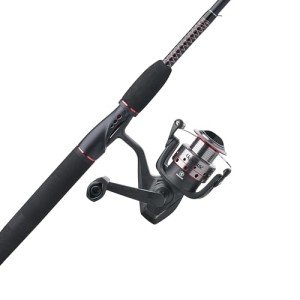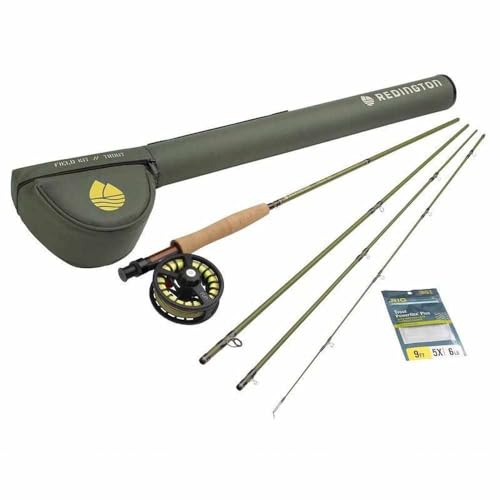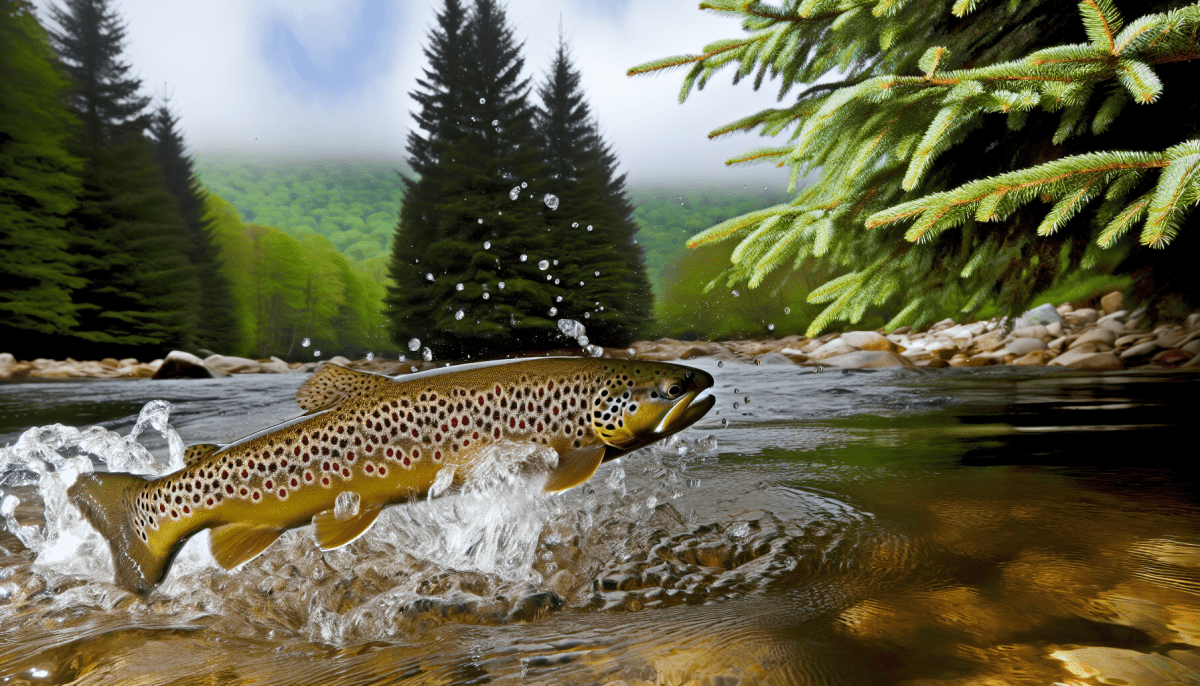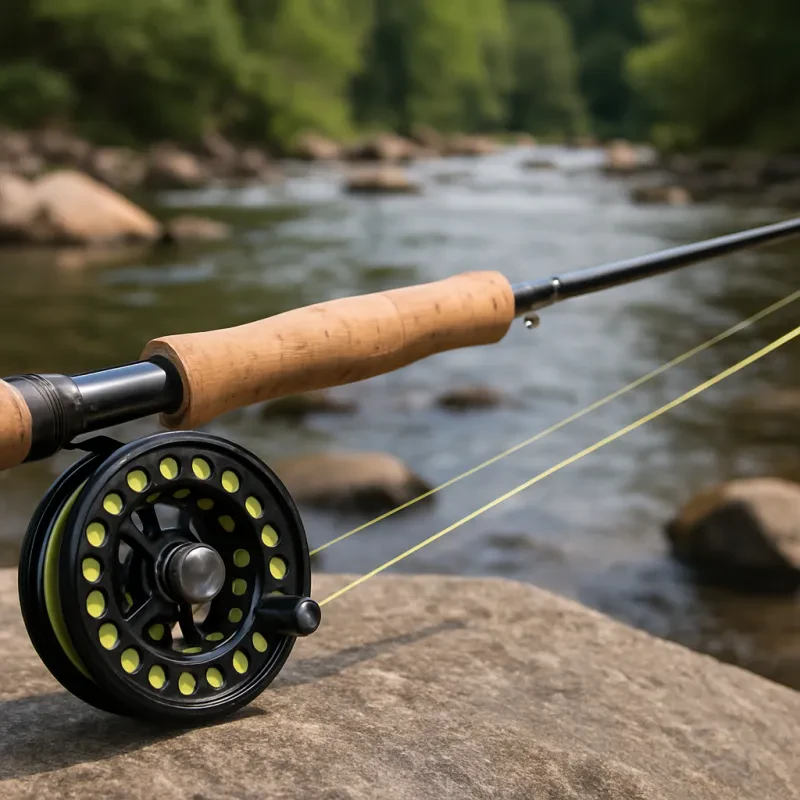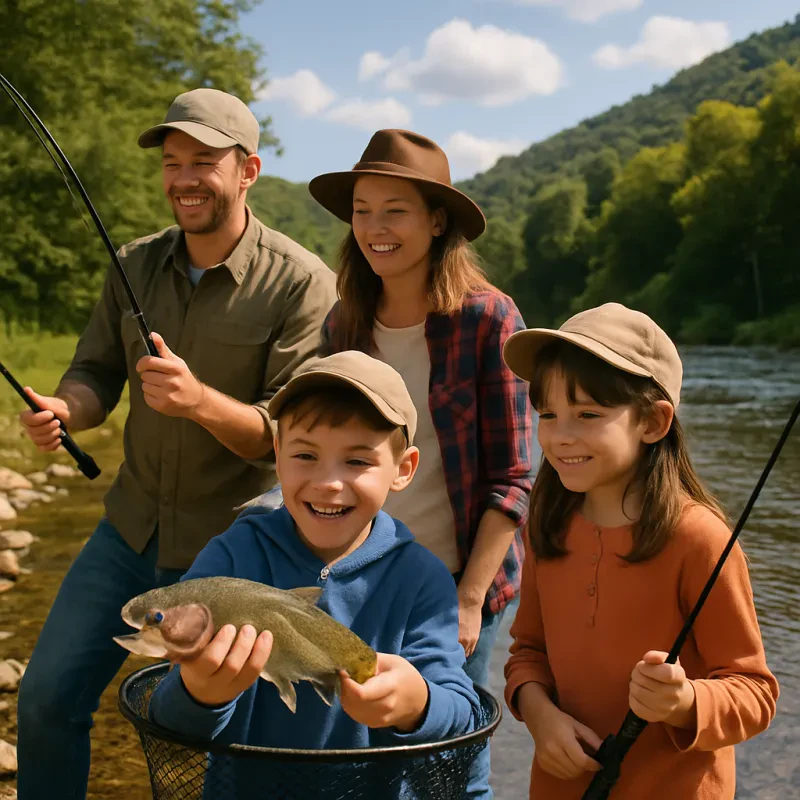West Virginia's Wild Brown Trout
West Virginia, a haven for angling enthusiasts, boasts a rich history and abundant opportunities for pursuing the elusive and prized wild brown trout. As an experienced trout fisherman, I've been captivated by the beauty and challenge of these magnificent fish. In this guide, we'll dive deep into the history of wild brown trout in West Virginia, spotlight the premier streams for angling, and share invaluable insights for your next fishing adventure.
The Historical Journey of Wild Brown Trout in West Virginia
The story of wild brown trout (Salmo trutta) in West Virginia is a fascinating tale of ecological adaptation and angler allure. Originating from Europe, brown trout were introduced to the United States in the late 19th century to supplement native trout populations and diversify angling opportunities. West Virginia's first brown trout were stocked in the early 1900s, and over time, these resilient fish have established thriving wild populations in several streams across the state. Unlike their stocked counterparts, wild brown trout are born and raised in these waters, developing keen survival instincts and presenting a more challenging pursuit for anglers.
Top Streams for Wild Brown Trout Fishing in West Virginia
1. Elk River - Known for its crystal-clear waters and abundant insect life, the Elk River provides a pristine habitat for wild brown trout. Fly fishing enthusiasts will find the catch-and-release section below the Webster Springs a hotspot for sizable browns, especially during the hatches of early spring and late fall.
2. South Branch of the Potomac River - Offering a diverse angling experience, the South Branch is home to both stocked and wild trout, including some impressive brown trout. The catch-and-release section near Smoke Hole Canyon is particularly renowned for its challenging fishing and scenic beauty.
3. Williams River - A hidden gem in the heart of the Monongahela National Forest, the Williams River offers secluded spots teeming with wild brown trout. This stream is ideal for anglers seeking a serene fishing experience amidst untouched nature.
4. Second Creek - A fly-fishing-only stream, Second Creek is known for its large, wary brown trout. The special regulation area provides a quiet retreat for fly anglers looking to test their skills against some of the most challenging trout in the state.
5. Shavers Fork of the Cheat River - Boasting both accessibility and a vibrant trout population, Shavers Fork is a favorite among both novice and experienced anglers. The catch-and-release section near the town of Bowden is a must-visit for anyone chasing wild brown trout.
Tips for Successful Wild Brown Trout Fishing
- Time of Day: Early morning and late evening are prime times for brown trout, as they tend to feed more aggressively during these low-light conditions.
- Stealth and Patience: Wild brown trout are notoriously wary. Approach the stream with care, and be patient in your pursuit.
- Fly Selection: Pay attention to the current hatch and match your fly accordingly. Terrestrial patterns in summer and nymphs in colder months can be particularly effective.
- Conservation: Practice catch and release whenever possible to preserve the wild brown trout populations for future generations.
West Virginia's wild brown trout offer an unparalleled angling experience that combines the thrill of the chase with the beauty of the state's natural landscapes. Whether you're a seasoned fly fisherman or a novice eager to land your first brown trout, the streams of West Virginia promise memorable adventures and perhaps the catch of a lifetime. Remember to respect the natural habitats and local regulations as you explore the rich angling heritage of the Mountain State. Happy fishing!

